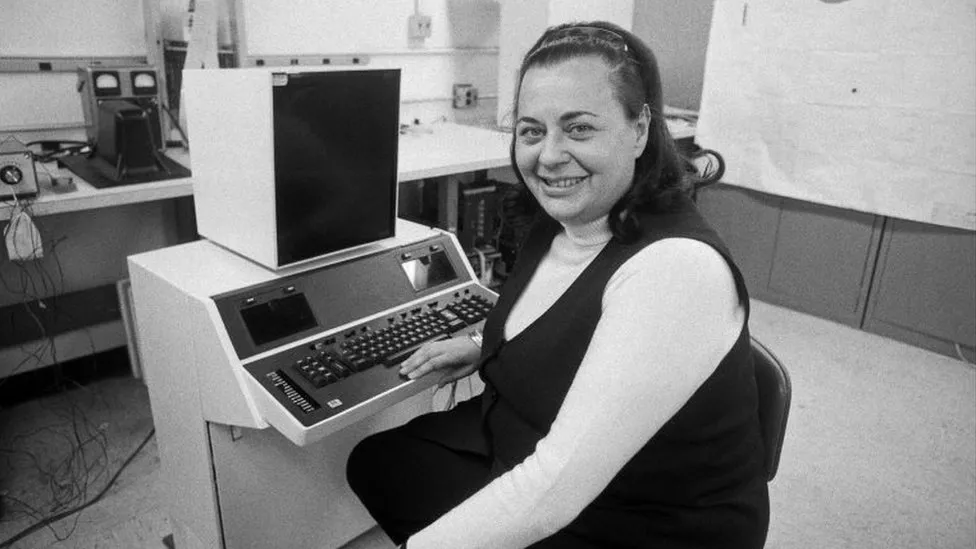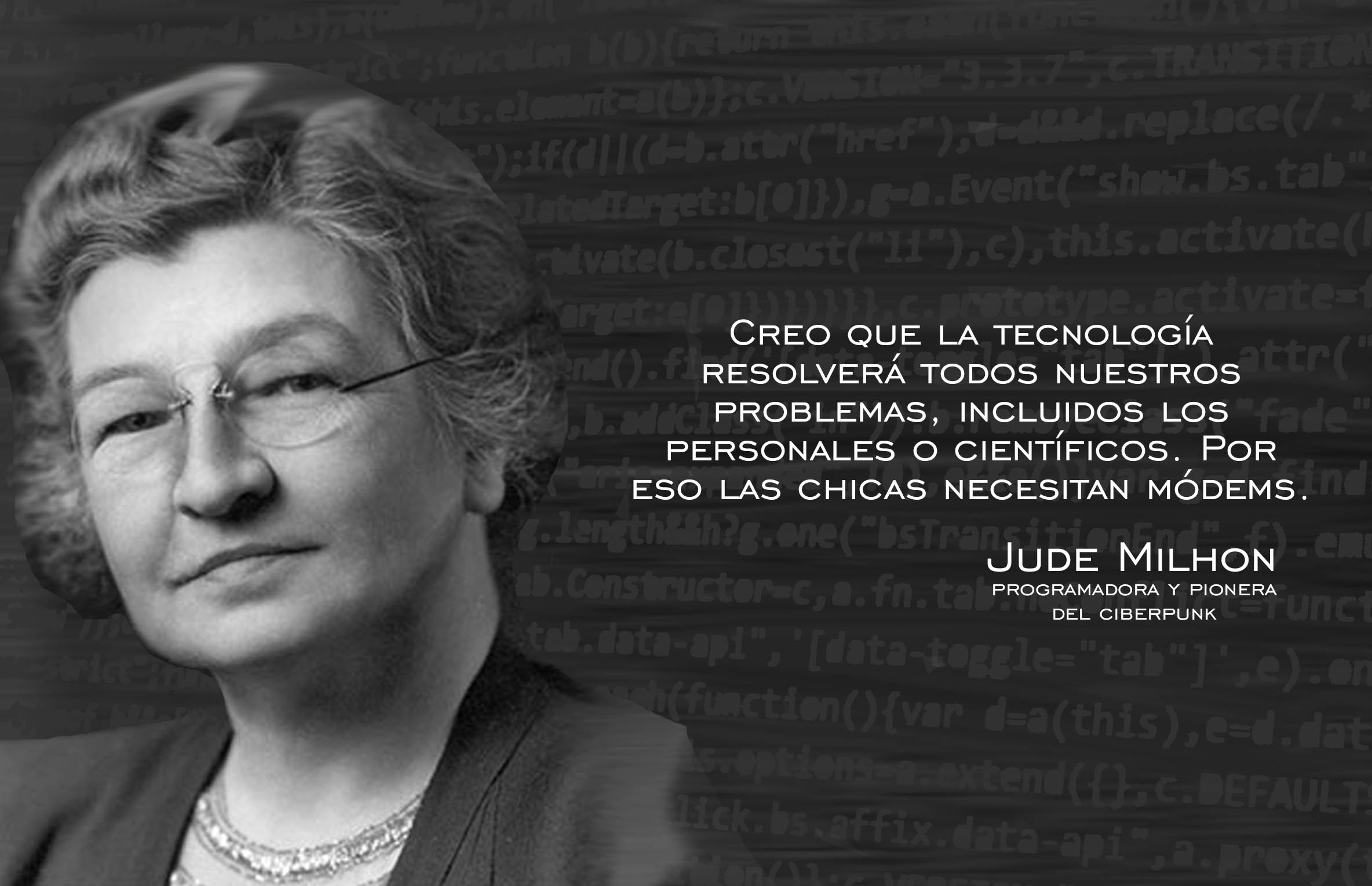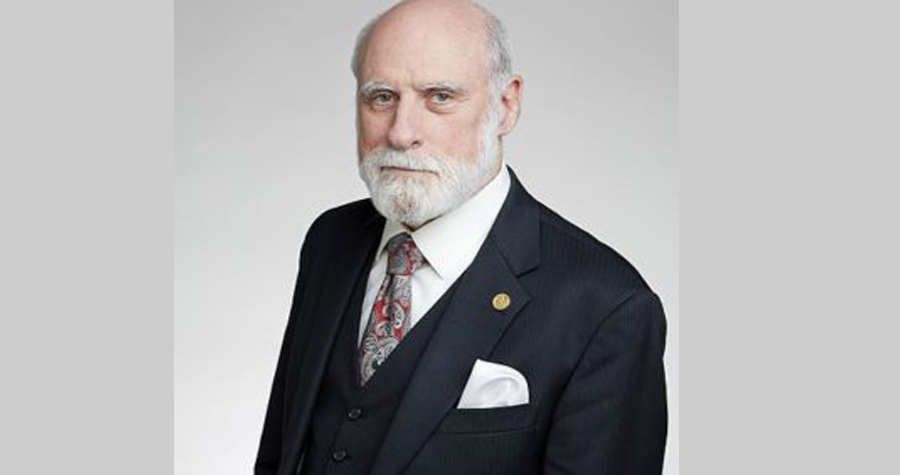When I started researching this woman, I never thought I would find her anecdotes so funny and sympathize with her so much. Determined, leader, with the ability to overcome all difficulties. This was Evelyn Berezin, the woman who built the first word processor.
Origin
Evelyn was born on April 12, 1925, the daughter of Russian Jewish parents who immigrated to the United States in the early 20th century. Berezin was an intelligent and precocious student; she graduated from high school at age 15 and attended Hunter College, an all-girls school.
When the Second World War began in 1941, young men were recruited for the war, so their jobs became available to women.
Education and start of work
This was an opportunity that Evelyn took advantage of. Even though she was only 16, she was very tall and wore makeup, so she lied about her age in order to get the job as a “technician,” a laboratory assistant, at the International Printing Company in Manhattan. The ‘technicians’ were usually boys, but with the current situation, there was an opportunity for smart girls.
During the day Evelyn worked, and at night she went to the university to study. She was studying math and physics at Brooklyn Poly (she was the only girl there). And not only that, but she was the only woman who had been there. For her, that meant that she had to get an extra grade to prove that women could do well in physics:
I ended up with an A average there, so I kept the flag flying for the women, which I really wanted to do.
After that, Berezin applied for and received an Atomic Energy Commission scholarship for graduate school. She married Israel Wilenitz, a British-born Israeli whom she had met on a blind date. They had plans to make some money and then move to Israel.
When he graduated and started looking for a job, he was told there were no jobs for physicists, so he asked, “Are there jobs in computers?” Although she had never worked with computers, the circuits she had designed in her experiments were similar to those used by them.
From 1951 to 1969, Berezin worked at several computer startups, learning logic design and other systems.
At that time, a new computer company emerged, Electronic Computer Corporation (Elecom), and was looking for people. They asked her as a test to design a circuit, which she quickly did, and she was hired as a logic designer. She was put to work designing all kinds of machines , including one to calculate shooting ranges .
When Elecom went bankrupt in 1957, he took a job at Teleregister, where he designed a computer for banks , followed by a communications system for the American Stock Exchange.
In 1962 he developed a United Airlines reservation system with a one-second response time , and the system lasted 11 years without a single central system failure.
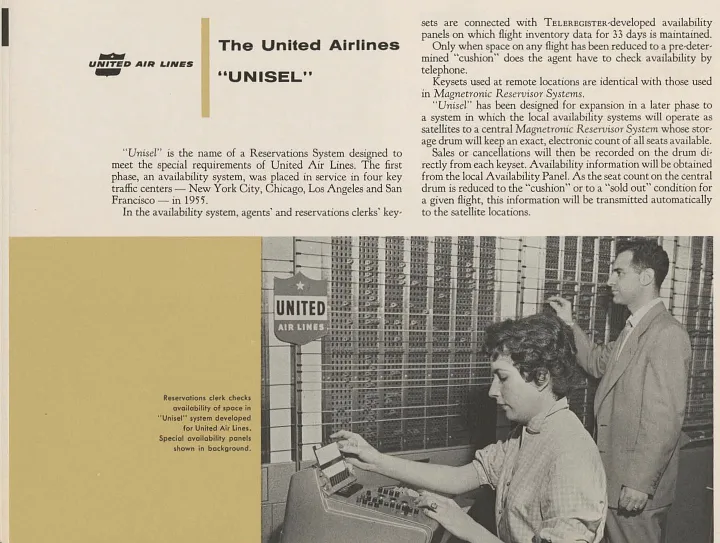
The computer programmer had received a prestigious job offer from the New York Stock Exchange, but the offer was rescinded because the position would have required her to visit the stock market from time to time, and she would hear “language on the floor not for ears.” of women” (“language on the floor not for a woman’s ears.”). In this way, Evelyn realized that, due to the social prejudices of the time, she would not be allowed to reach the company’s board of directors, just because she was a woman.
Beginnings as a businesswoman
For this reason Evelyn Berezin decided to create a company , together with some colleagues. In 1969, Redactron Corporation opened its doors on Long Island, with the goal of revolutionizing word processors and making the secretary’s job easier.
During that time, one of the few jobs that women did was as secretaries. In the United States there were more than 12 million secretaries. For this reason, Berezin came up with the idea of word processing as a business, since making a “very compact and very economical” machine that would make their work easier was a potential market.
His idea was right: it is estimated that secretaries represented 6% of the American workforce. They were the ones Berezin had in mind when he created his word processor.
Redactron asked Intel to build processor chips for it, but due to their workload they were unable to do so. The solution was that Redactron had to design some of the necessary chips itself and provide the schematics to two manufacturers.
“We were committed to building a computer to run our system and we knew we had to use integrated circuits because it was the only way to make it small, cheap and reliable enough to sell . ”Mrs. Berezin
Anecdote told by Evelyn Berezin
There were further problems with a prototype when it was displayed in a New York hotel for journalists to see.
The problem was that, in dry climates, it was prone to static electricity buildup, which caused sparks to fly between its circuits, preventing it from working.
“To our horror, it was a dry day and the engineers were preparing this non-working machine for our great story,” Ms. Berezin said .
“Ed Wolf [our chief engineer brought] a bucket full of water and, without saying a word to anyone, dumps the bucket of water all over the thick carpet in the room.
“The water soaked into the carpet, which stayed wet for three or four hours, and the machine worked perfectly.”
The first Redactron ‘Data Secretary’ was delivered in September 1971, measuring 40 inches tall. It had a separate IBM Selectric typewriter and a small case on the side “with everything else in it.” It was bulky and noisy and had no monitor screen, but I could cut and paste without retyping. Over the next year, Redactron sold or leased more than 770 more, excluding demo units.
For the promotion of the ‘Data Secretary’, he made the following publication:
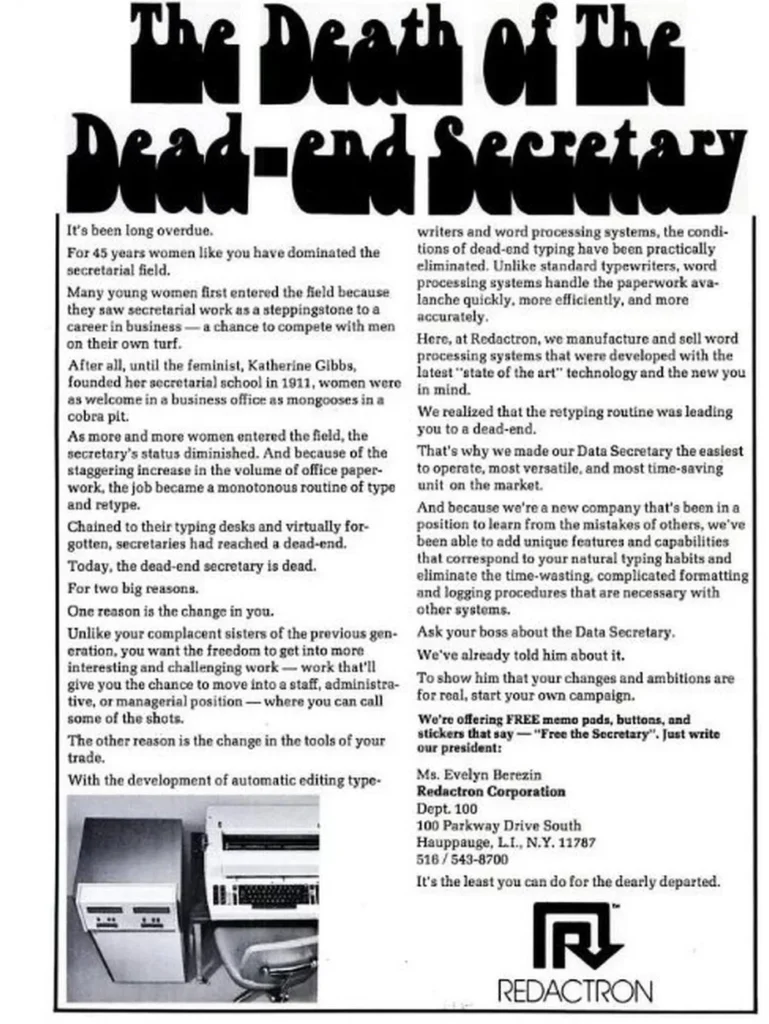
It was supposed to make the job of a secretary easier, but in the end it made her superfluous: “I didn’t expect it at all,” she would confess years later.
The success was immediate. In one year, Redactron went public and went from 10 to 500 employees. But after a few years Redactron ran into financial difficulties. “We started when the economy was about to suffer a serious crisis and we didn’t have enough money to turn it into a real company,” Berezin would say years later. In 1976 Redactron was acquired by Burroughs Corporation, but Berezin, who had remained president of Redactron, found herself sidelined and four years later, she resigned in frustration.
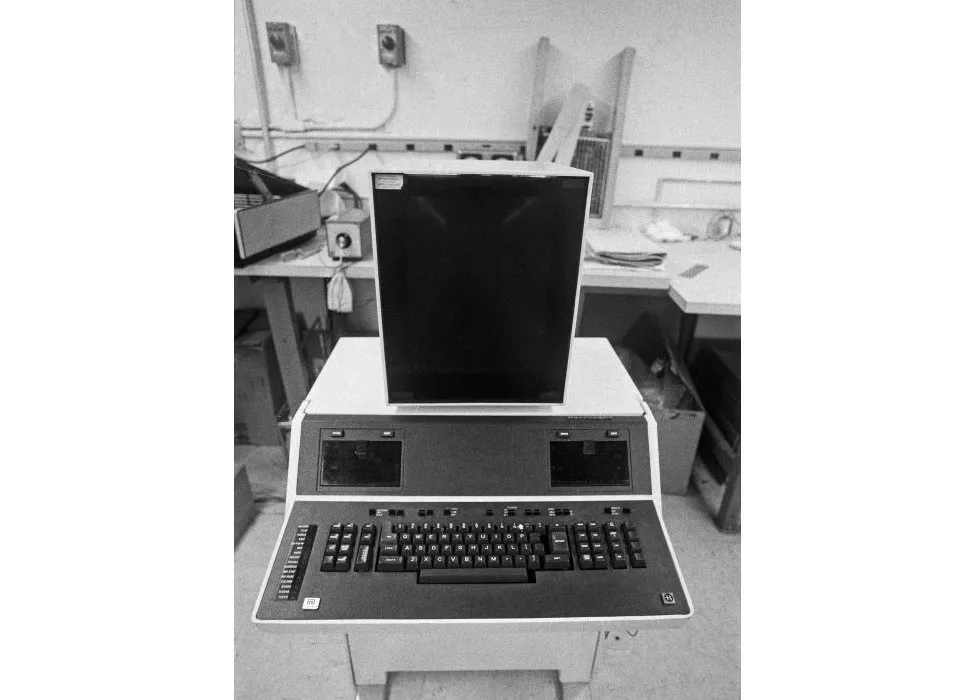
One of the remaining Data Secretary word processors can be seen on display at the Computer History Museum in California.
Executive leader
Evelyn was included by Business Week magazine in the 1976 list of “America’s 100 Best Businesswomen,” she was the only one who was president of a technology company.
She then became a member of the boards of directors of many large companies: “the women’s movement was in full swing and companies were fighting to get a woman on the board of directors,” she would later say.
He also became involved with the science-oriented Stone Brook University, which was near his home on Long Island. SBU was committed to new ideas and Ella Berezin was happy to act as a mentor, a role she greatly enjoyed.
From 1980 to 1987, Evelyn Berezin was president of Greenhouse Management Company, general partner of a venture capital group focused on early-stage technology companies. Additionally, throughout her career she has been a member of the Boards of various public companies, such as CIGNA (an American transnational company dedicated to the insurance industry), Koppers CO., Datapoint and Standart Microsystems.
During his career he received honorary doctorates from Adelphi University and Eastern Michigan University. Berezin was also an executive at CIGNA, Standard MEMS, Koppers, Stony Brook Foundation at the State University of New York, the Boyce Thompson Institute, Datapoint. and finally management at Intellicheck Inc.
Evelyn Berezin served on the board of directors of Brookhaven National Laboratory. She was a member of the Oversight Committee of the College of Arts and Sciences at New York University. In 2015, she was named a Fellow of the Computer History Museum.
Berenzin funded the Sam and Rose Berezin Endowment Scholarship, a scholarship awarded to undergraduate students who plan to study in the field of science, engineering or mathematics.
“The most wonderful part about running your own business is that you can decide what you want to do and then try to do it,” he said . “You just have to have a sense of direction.”
Additionally, Berezin helped pioneer other types of special-purpose computing, including:
- an automated banking system
- a weapons targeting calculator for the US Department of Defense
- terminals for a horse racing track that monitored how much money was bet on each animal
“Achieving a goal provides immediate satisfaction; “the process of achieving a goal is a lasting pleasure.”— by Evelyn Berezin
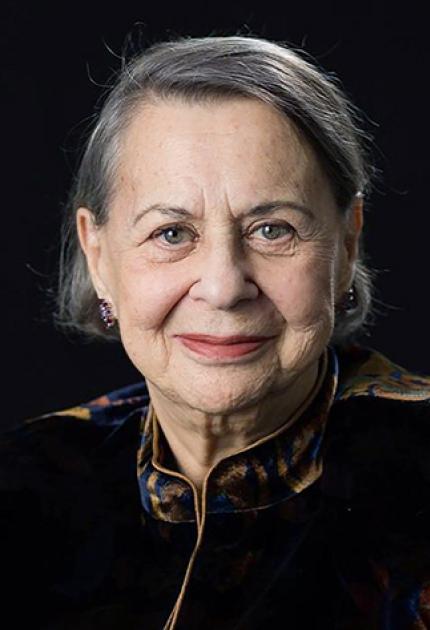
Awards presented to Evelyn Berezin
- 2006 Long Island Technology Hall of Fame
- 2006 Women Achiever’s Against the Odds Honoree for the Long Island Fund for Women and Girls
- 2011 Women in Technology International (WITI) Hall of Fame
- Long Island Distinguished Leadership Award
- Top 100 Business Women in the United States in BusinessWeek magazine
- Honorary Doctorate from Adelphi University
- Honorary Doctorate from Eastern Michigan University
Patents
- Information transfer device
- Electronic data file processor
- Information Transfer System
- Online data transfer device
- electrical assembly
- Data processing system
- Arithmetic device
- Electronic Calculator with Dynamic Recirculation Storage Record
- Control means with register detection for an electronic calculator
Conclusions
Evelyn Berezin was married for 51 years to Israel Wilenitz. He predeceased her. They had no children. Berezin died on December 8, 2018 in Manhattan, at age 93, after refusing cancer treatment.
She was an exceptional woman, with intelligence and thoughts ahead of her time. She fought for what she wanted until she achieved it. This article serves as a tribute to this great woman.


